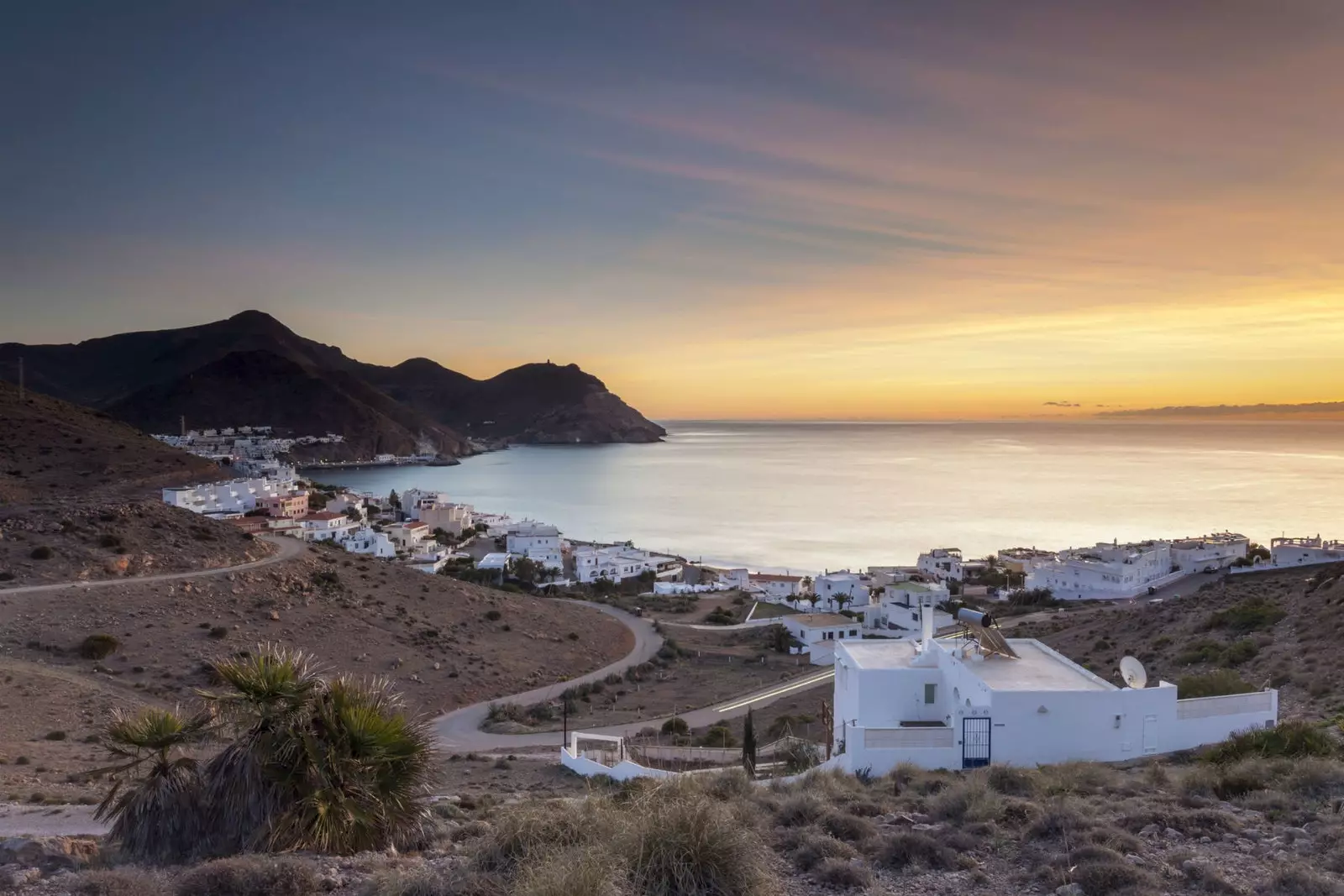
Preserving Cabo de Gata is a must.
In the extreme southeast of the Iberian Peninsula, making a balance between the plastics of Almeria's greenhouses and the influx of tourists, The Cabo de Gata-Níjar Maritime-Terrestrial Natural Park struggles to remain one of the most virgin natural habitats in the country . It is one of those few chosen places on this planet that, no matter how many wonders they tell you, you won't get a real idea until you see it with your own eyes.
That's what happened to me. After having visited the Natural Park of Cabo de Gata-Níjar, I believe in the existence of an earthly paradise that is worth fighting for . And it is that its conservation should not be a right of the humans who live in it or those of us who visit it, but an irrevocable duty.
I had the fortune to visit Cabo de Gata (as this natural park is commonly known) out of high season. A) Yes, I was able to explore part of its innumerable coves practically alone , feeling the sun gild my skin, the breeze relieve the heat and the faint murmur of the waves calm my soul.
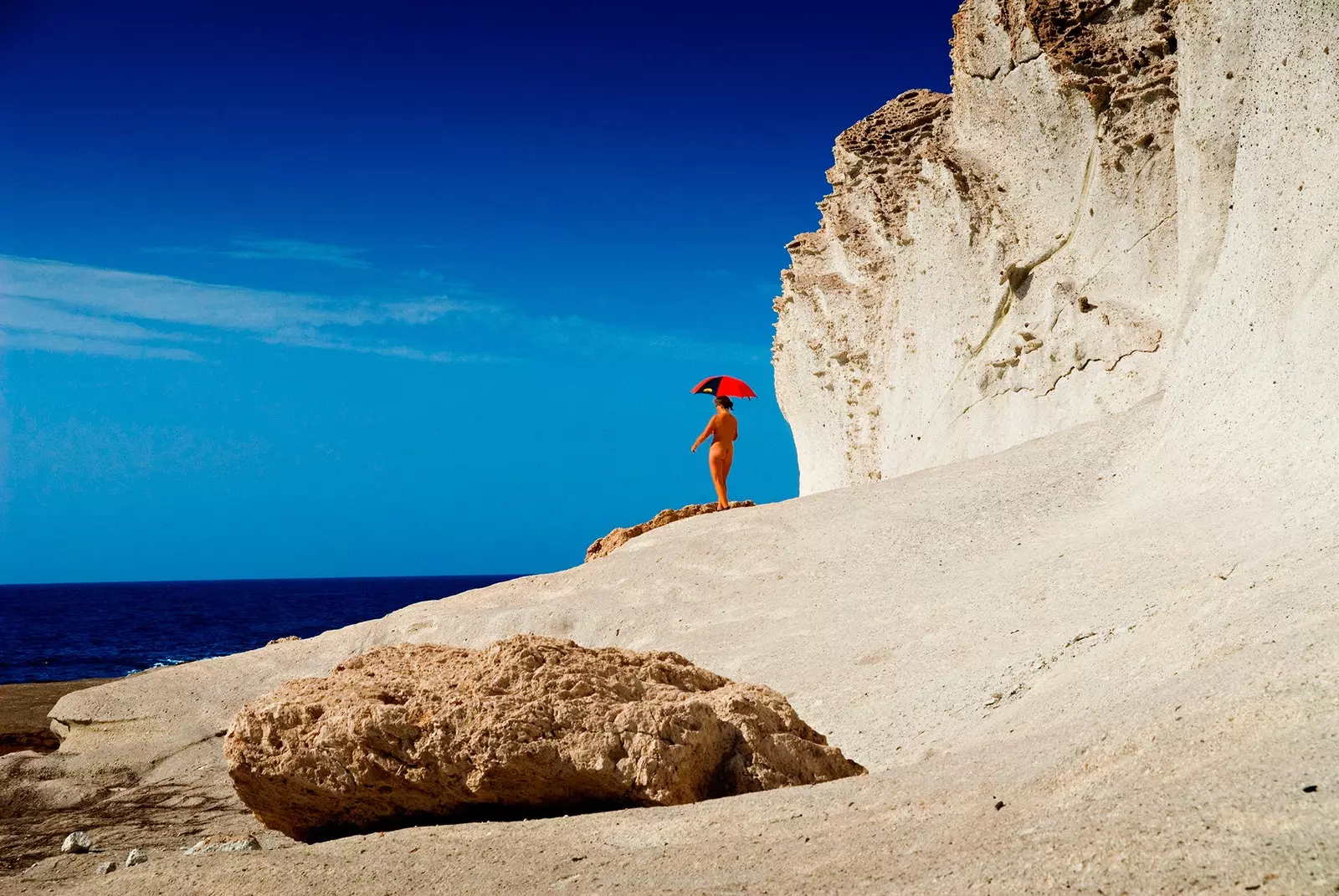
The coves of Cabo de Gata are a mandatory destination on the route of any traveler.
In the waters, from which the sun's rays drew a myriad of beautiful shades of blue and green, thousands of various fish swam away from the noise of the engines of the boats and even approached, with some curiosity, that human who was trying to capture all the beauty that his basic diving goggles allowed him.
already inside, mountains and valleys appeared upholstered by a curious vegetation that unfolds as skillfully in arid climates as the film director Sergio Leone did with the short shots of intense looks and non-existent dialogues, only seasoned with the masterful music of the great Ennio Morricone. The magnificent Italian creator fell in love with Cabo de Gata when he was looking for locations to serve as the setting for his unforgettable Dollar Trilogy.
Near one of those real scenes, the farmhouse of the friar (whose state is unfortunately dilapidated), the mountains continue to show their open wounds due to the mining past of the area . The Romans were the first to drill into the volcanic rock in search of metals, but it would be at the end of the 19th century and the beginning of the 20th when a small gold rush would take over the slopes of the mountains near the town of Rodalquilar.
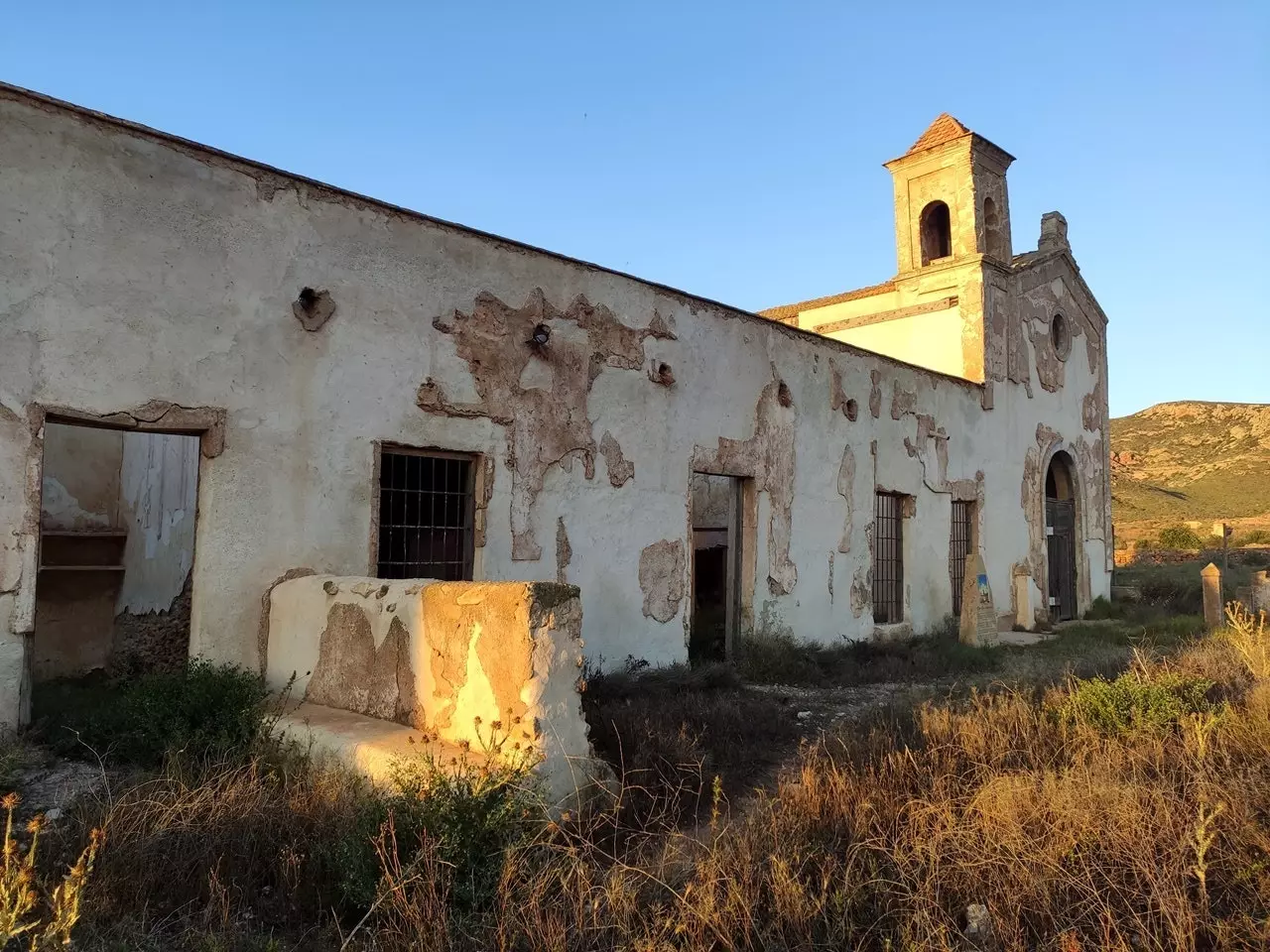
Near Cortijo del Fraile, the mountains continue to show their open wounds from the area's mining past.
Mining was one of the dangers that haunted the park and its ecological and environmental balance, but mass tourism and poor management of waste from the sea of greenhouses, that surround part of the protected territory, could become a thousand times more devastating.
To avoid this potential disaster there are two basic weapons that are proving to be decisive: environmental educational dissemination and awareness and work of the inhabitants of the natural park and its surroundings. Many of those people who they watch over the health of Cabo de Gata they dwell in the old farmhouses, with smooth roofs and whitewashed facades , which dot the natural prints with white in which the predominant colors are ocher, yellow, green, reddish, gray and blue tones.
One of them, the farmhouse El Campillo , served me as a quiet and cozy home during my days in Cabo de Gata. The lovely Annika Jung and Martin Stegmann live there , who visited these lands for the first time in 1991 and, after falling absolutely in love with the place, they permanently settled in it in 1993.
For years, they worked hard to transform your centennial farmhouse into an authentic ecological rural house . Thus, they use the wisdom of traditional architecture to create cross ventilation thanks to high ceilings and strategic placement of windows , making polluting air conditioning equipment unnecessary.
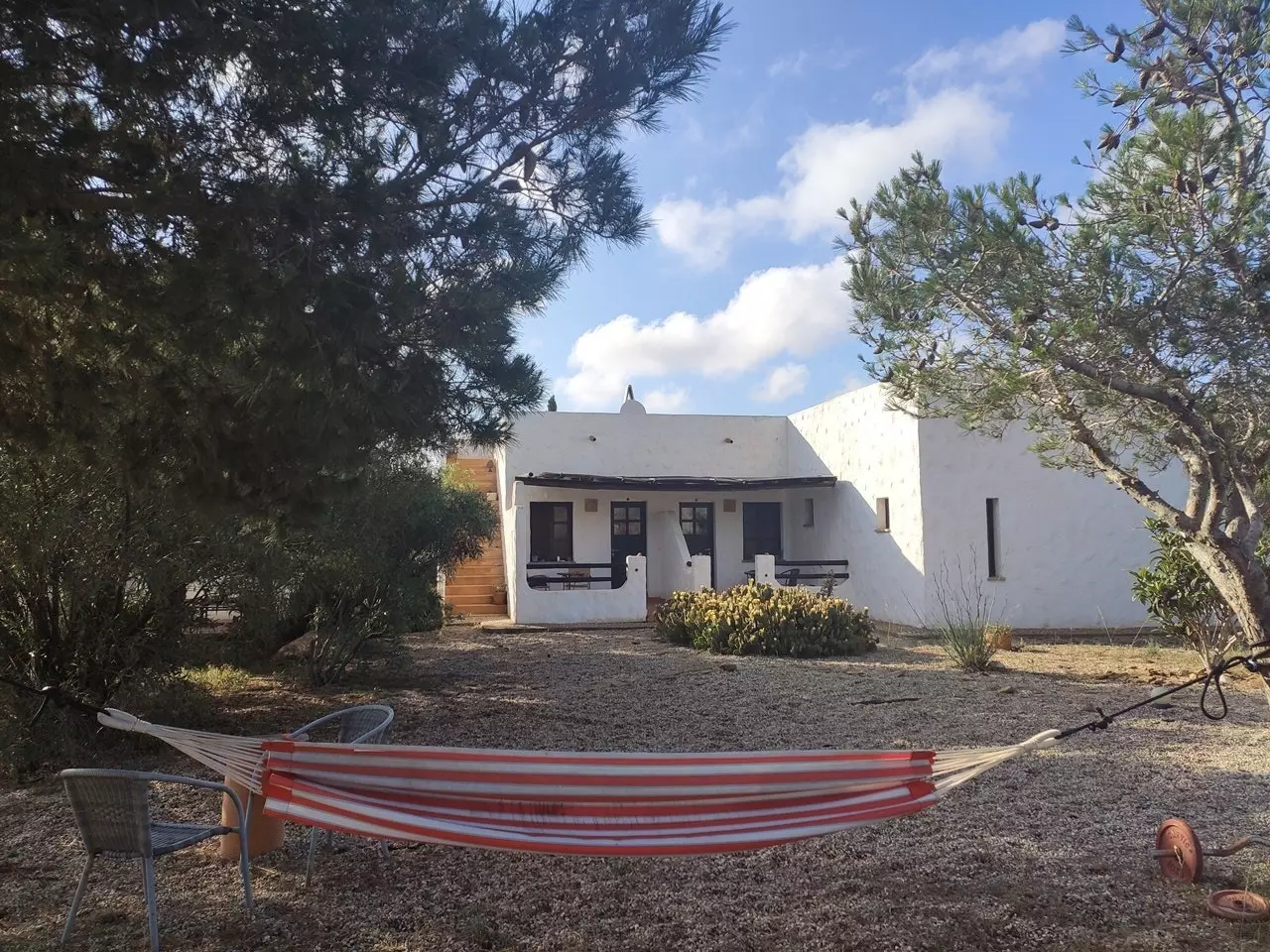
Annika Jung and Martin Stegmann have managed to convert Cortijo El Campillo into sustainable accommodation.
Construction materials are sustainable and natural , substituting cement for a lime adobe with granulated hemp, using clay slabs for the floor and the vaults of the ceilings, and choosing bedding and towels made only with cotton.
The water (very precious in an area as desert as this) comes from the mountains on the back of a truck and store it in a cistern. Then, they use the drains from the sink and showers, rainwater and wastewater to, after passing through a biological treatment plant, water the trees in your beautiful garden.
And in terms of energy, it can be said that Martin was the pioneer of the use of solar panels in Cabo de Gata . He worked on installing it in the area for years, and the farmhouse owns a photovoltaic installation that produces the amount of electrical energy that it needs for its operation. They demonstrate, by his example, that you can live in nature being in complete harmony with it and spread their knowledge, in an entertaining and practical way, to all those who want to listen to them.
They are also part of the Association of Friends of the Cabo de Gata-Níjar Natural Park , a non-profit organization whose main purpose is the conservation of the natural park making it compatible with the interests of its inhabitants. The Association also provides up-to-date information on the park and organizes very interesting hiking trails for all ages.
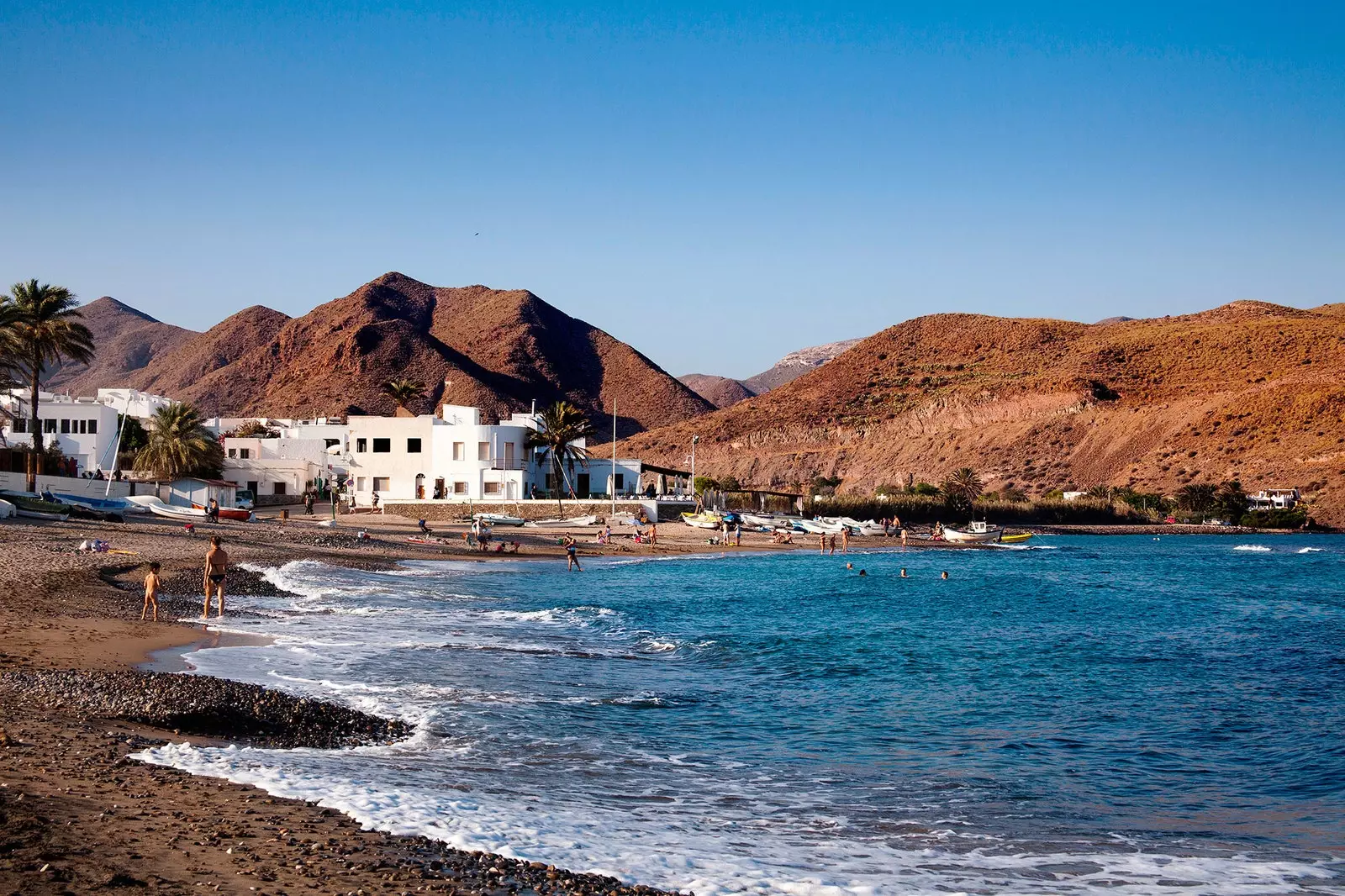
No one emerges unscathed from the crush that Cabo de Gata produces.
Annika and Martin told me that they had observed, during the three decades that they have been in Cabo de Gata, that people's environmental awareness (both locals and passing travelers) has undergone a palpable change . Although there are people who continue to leave some waste in the park, the amounts of abandoned garbage have nothing to do with what was left years ago. The same goes for the residents, who they have seen in sustainable tourism a good economic and employment opportunity . In order to continue living on it, they have to protect and care for the habitat of Cabo de Gata.
Gone are those attempts to build the cement monsters that can be seen on other coasts of Spain , like the Costa Blanca of my land in Alicante or the Costa del Sol in Malaga. There are still, like perennial scars of red soil, some wide tracks that must have been the beginning of the roads to make that beautiful coastline more accessible to predatory construction tycoons. A cement giant the failed Hotel Algarrobico project (located 50 meters from the beaches of Carboneras), remembers the mistakes of the past that cannot be repeated.
Further south, the Salt Flats of Cabo de Gata They are the living example that human activity does not always harm the natural environment, since here it has even been beneficial, turning the place in an important reserve of various species of animals and plants . In its colorful lagoons live, among others, flamingos, gray herons, cormorants, seagulls and various species of ducks.
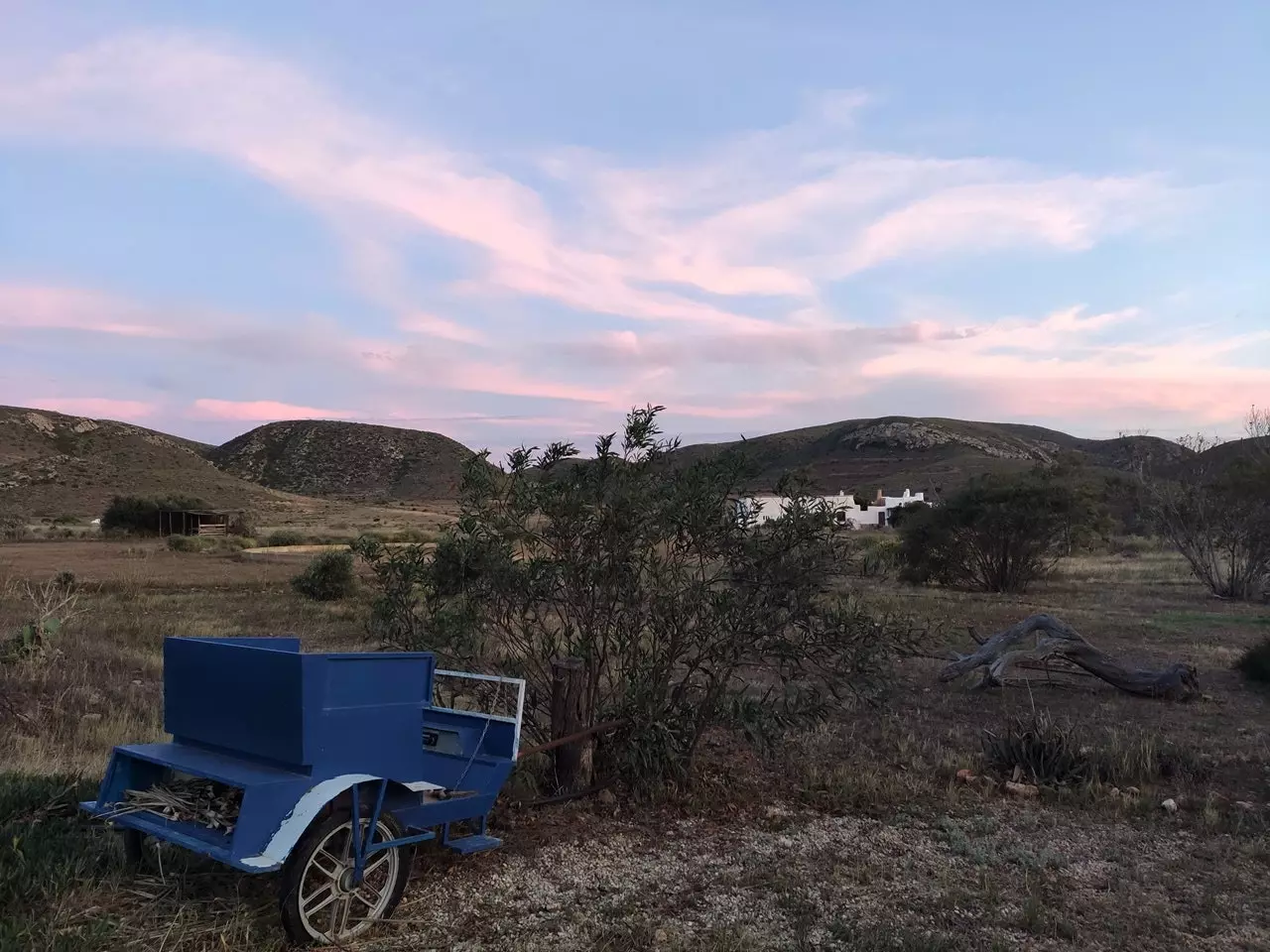
Like Annika and Martin in their farmhouse, there are many inhabitants who care about the environment of the place.
Far from there, life still has a hippie air in Cala de San Pedro , the sunset continues to darken the masses of volcanic rock of Monsul beach , the waters continue to shine with color and underwater species in the surroundings of Half Moon Cove , and lizards and snakes slither along desert paths under the watchful eye of birds of prey. A desert full of life, in which Morricone's chords incite a hard-eyed Clint Eastwood with a quick trigger to watch over the nature that gives us so much and that only asks that we respect it.
